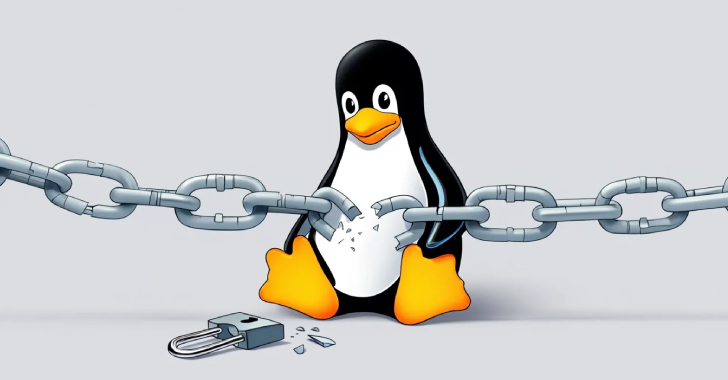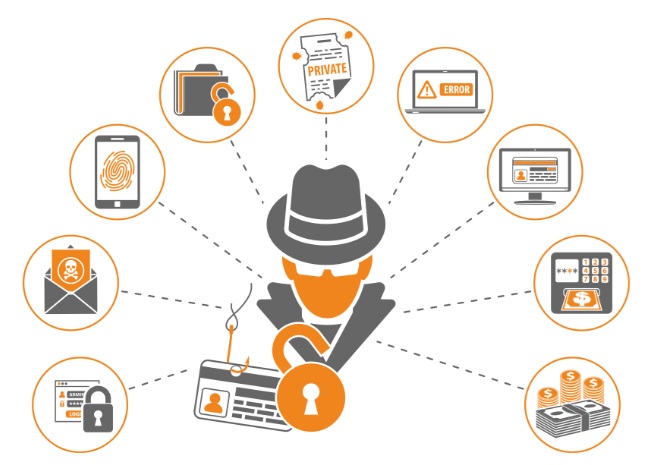
Coding the Future: Trends and Transformations in Enterprise Application Development
In the fast-paced world of enterprise application development, staying ahead of the curve is not just a choice; it’s a necessity. With technology evolving at breakneck speed, the future of enterprise application development is more exciting and dynamic than ever before. In this article, we’ll explore the latest trends and transformations shaping the field, providing you with valuable insights into what the future holds.
- Low-Code and No-Code Development
One of the most significant shifts in enterprise application development is the rise of low-code and no-code platforms. These tools empower business users and citizen developers to create applications with minimal coding knowledge. Low-code platforms provide a visual interface to design applications, while no-code platforms take it a step further, enabling users to build applications without writing a single line of code.
This trend democratizes application development, allowing organizations to accelerate their digital transformation efforts. Companies can quickly build and iterate upon applications, reducing development time and costs while involving more stakeholders in the process.
- Microservices Architecture
Microservices architecture is another transformative trend in enterprise application development. This approach breaks down applications into smaller, loosely coupled services that can be developed, deployed, and scaled independently. This modularity enhances agility and scalability, making it easier to adapt to changing business requirements.
Microservices also enable organizations to leverage different technologies and programming languages for various components of an application, optimizing each part for its specific function. This flexibility fosters innovation and accelerates development cycles.
- Containerization and Kubernetes
Containers, which package applications and their dependencies into a consistent environment, have become a cornerstone of modern application development. Docker, a popular containerization platform, has revolutionized how developers build, ship, and run applications.
Kubernetes, an open-source container orchestration platform, complements containerization by automating the deployment, scaling, and management of containerized applications. Together, Docker and Kubernetes enable developers to create highly scalable and resilient applications that can be deployed across various cloud providers or on-premises infrastructure.
- Serverless Computing
Serverless computing is gaining traction as a cost-effective and efficient way to build and deploy applications. With serverless platforms like AWS Lambda, Azure Functions, and Google Cloud Functions, developers can focus solely on writing code without worrying about server management.
Serverless architecture scales automatically, responding to changes in demand, which can lead to significant cost savings. It also encourages event-driven development, where functions are triggered by specific events, such as user actions or data changes. This approach aligns well with the real-time, data-driven nature of modern enterprise applications.
- Artificial Intelligence and Machine Learning Integration
The integration of artificial intelligence (AI) and machine learning (ML) is revolutionizing enterprise applications. These technologies enable applications to make intelligent decisions, automate repetitive tasks, and provide personalized user experiences.
Natural language processing (NLP) and computer vision are among the AI and ML capabilities that developers are incorporating into their applications. For example, chatbots powered by NLP can enhance customer support, while computer vision can be used for image recognition in various industries, from healthcare to retail.
- DevOps and Continuous Integration/Continuous Deployment (CI/CD)
DevOps practices and CI/CD pipelines have become essential for delivering high-quality applications quickly. DevOps encourages collaboration between development and operations teams, fostering a culture of automation and continuous improvement.
CI/CD pipelines automate the building, testing, and deployment of applications, enabling frequent releases with minimal manual intervention. This approach reduces the risk of errors, shortens development cycles, and ensures that new features and updates reach users faster.
- Blockchain Technology
Blockchain is not just for cryptocurrencies; it has the potential to transform enterprise applications in various industries. Blockchain’s immutable and decentralized nature can enhance security, transparency, and trust in applications.
Applications built on blockchain technology can facilitate secure data sharing, supply chain tracking, and smart contracts. These capabilities have applications in finance, healthcare, logistics, and many other sectors, promising to revolutionize how transactions and data are managed.
- Edge Computing
The proliferation of Internet of Things (IoT) devices and the need for real-time processing have given rise to edge computing. Instead of relying solely on centralized data centers or the cloud, edge computing brings computing resources closer to the data source.
This trend is particularly relevant for enterprise applications that require low latency and high availability. Edge computing allows applications to process data at the edge of the network, ensuring rapid response times and reducing the load on centralized servers.
- Cybersecurity Integration
As enterprise applications become more interconnected and data-driven, cybersecurity remains a top concern. Developers are increasingly incorporating security measures into the application development lifecycle rather than treating security as an afterthought.
Secure coding practices, vulnerability scanning, and threat modeling are becoming standard procedures in application development. Additionally, artificial intelligence and machine learning are being employed to identify and mitigate security threats in real time.
- User Experience (UX) and Design Thinking
Finally, user experience (UX) and design thinking are gaining prominence in enterprise application development. Organizations recognize that a great user interface and intuitive design are crucial for user adoption and satisfaction.
Design thinking, a human-centered approach to problem-solving, is being applied to create applications that truly meet users’ needs. User feedback and usability testing are integrated into the development process, ensuring that applications are not only functional but also user-friendly and enjoyable to use.
In conclusion, the future of enterprise application development is brimming with exciting possibilities. From low-code platforms that democratize development to the integration of AI and blockchain, these trends are reshaping how organizations build and deploy applications. To stay competitive, businesses must embrace these transformations, fostering a culture of innovation and agility. As we continue to code the future of enterprise application development, one thing is clear: the only constant is change, and those who adapt will thrive in the digital age.
Contact Cyber Defense Advisors to learn more about our Enterprise Application Development solutions.





